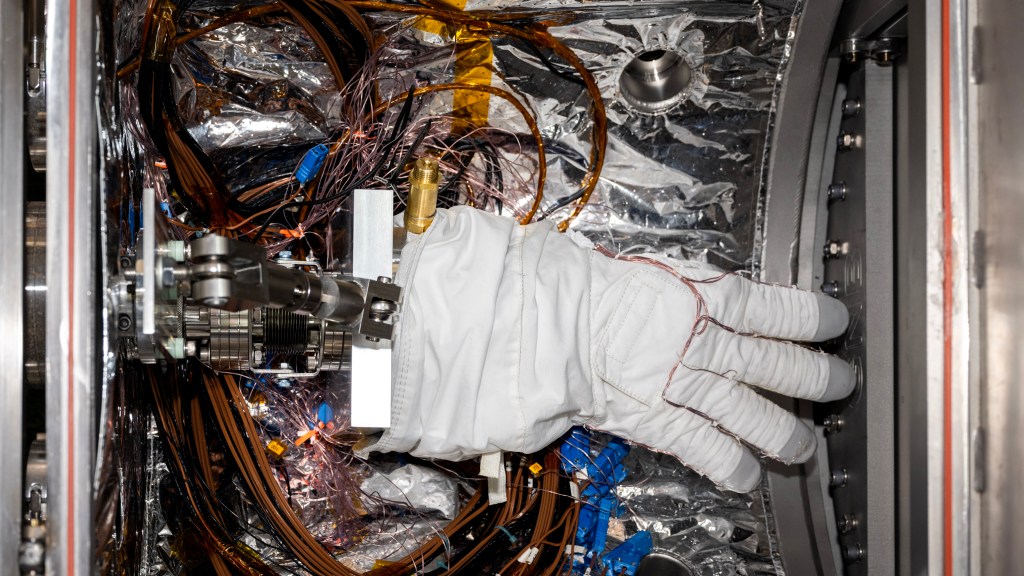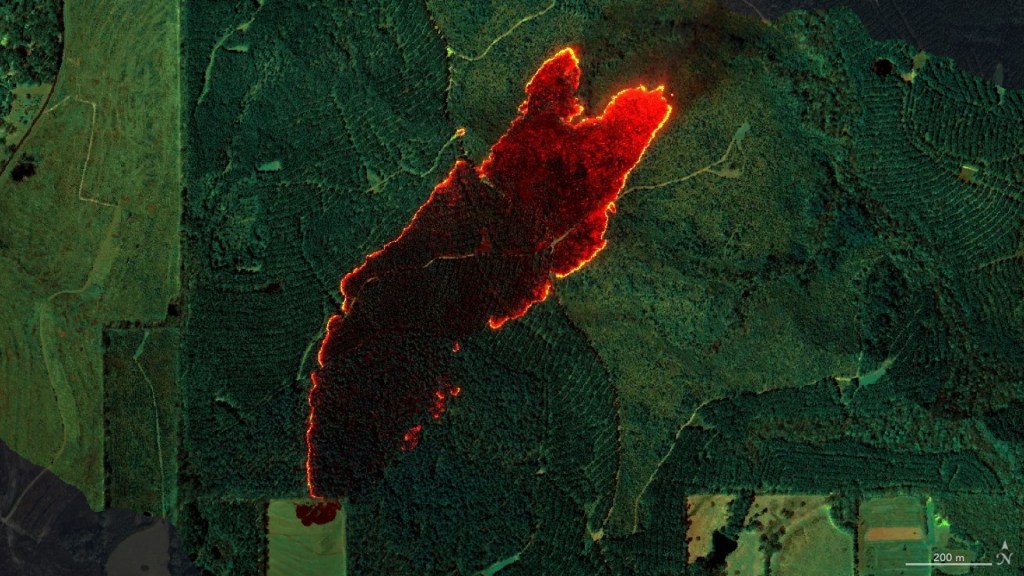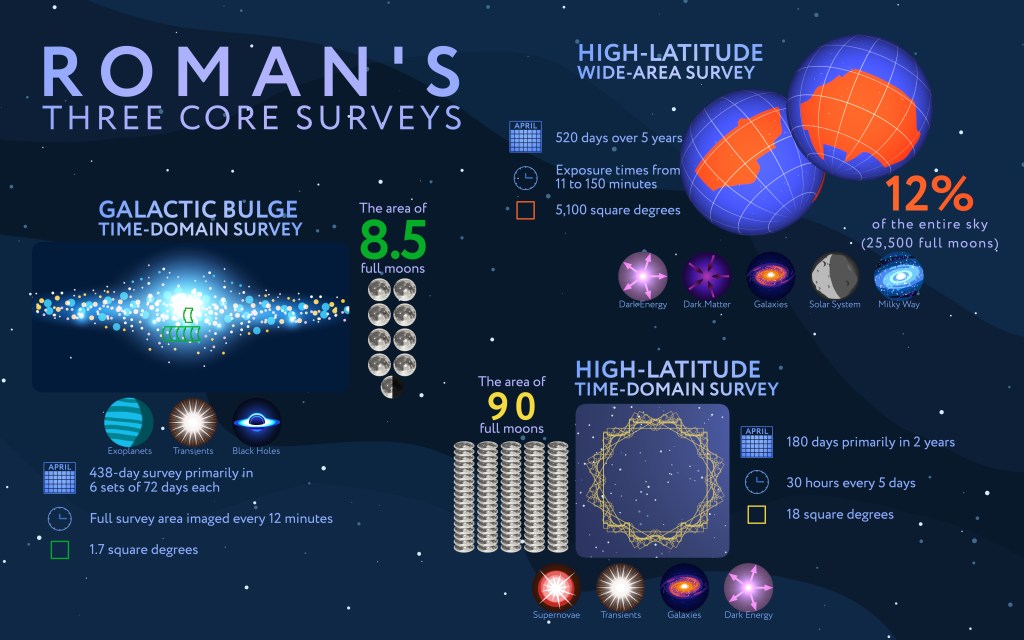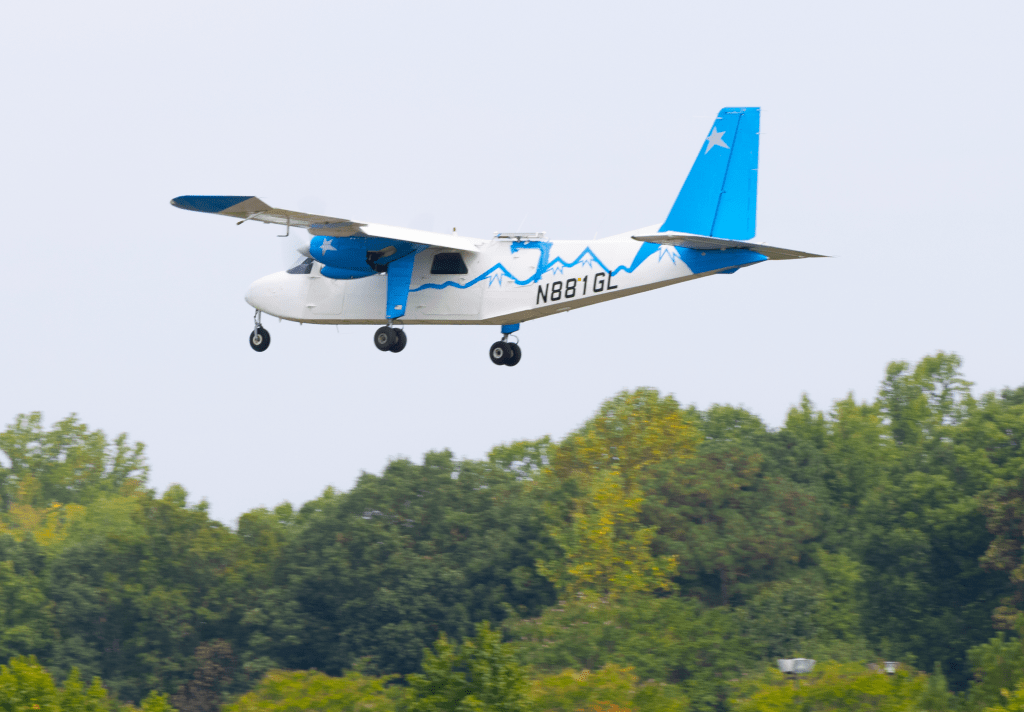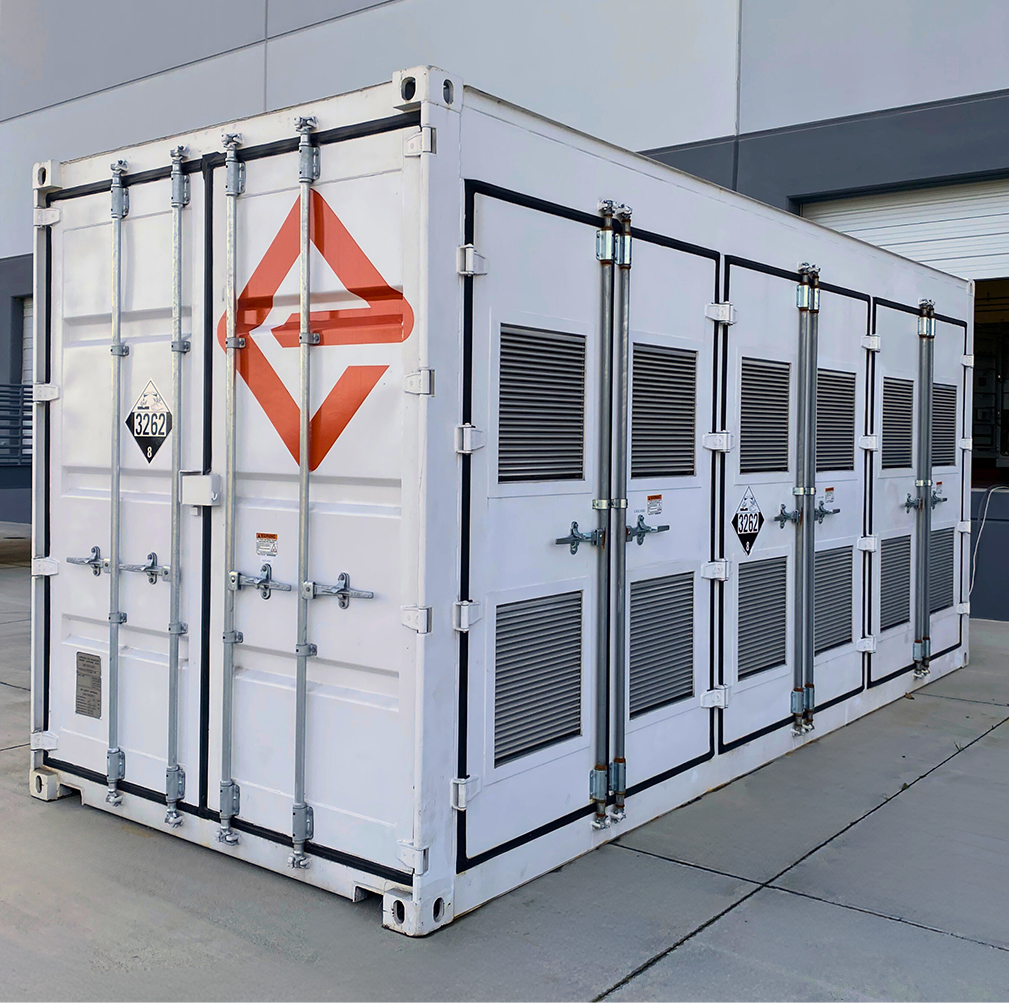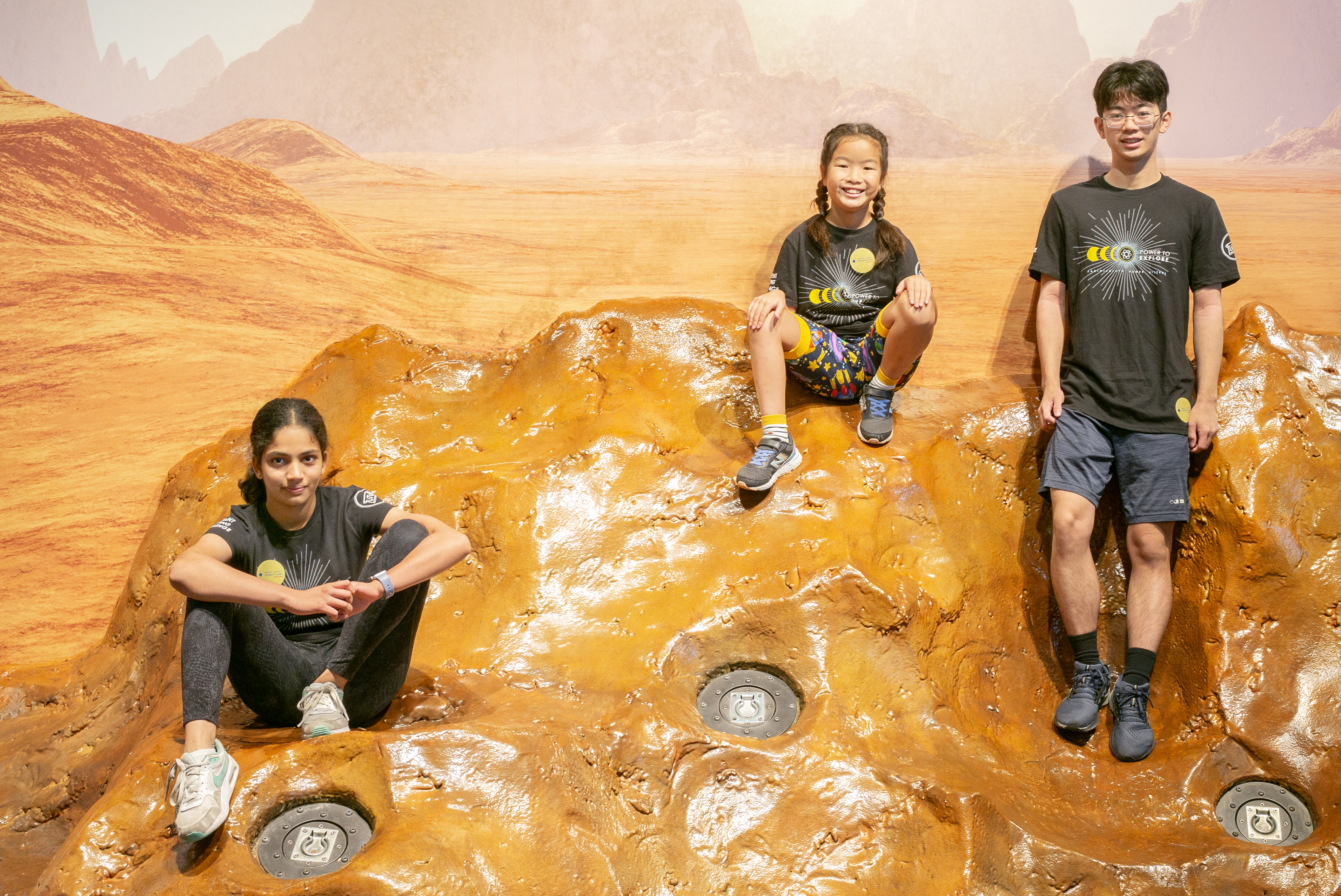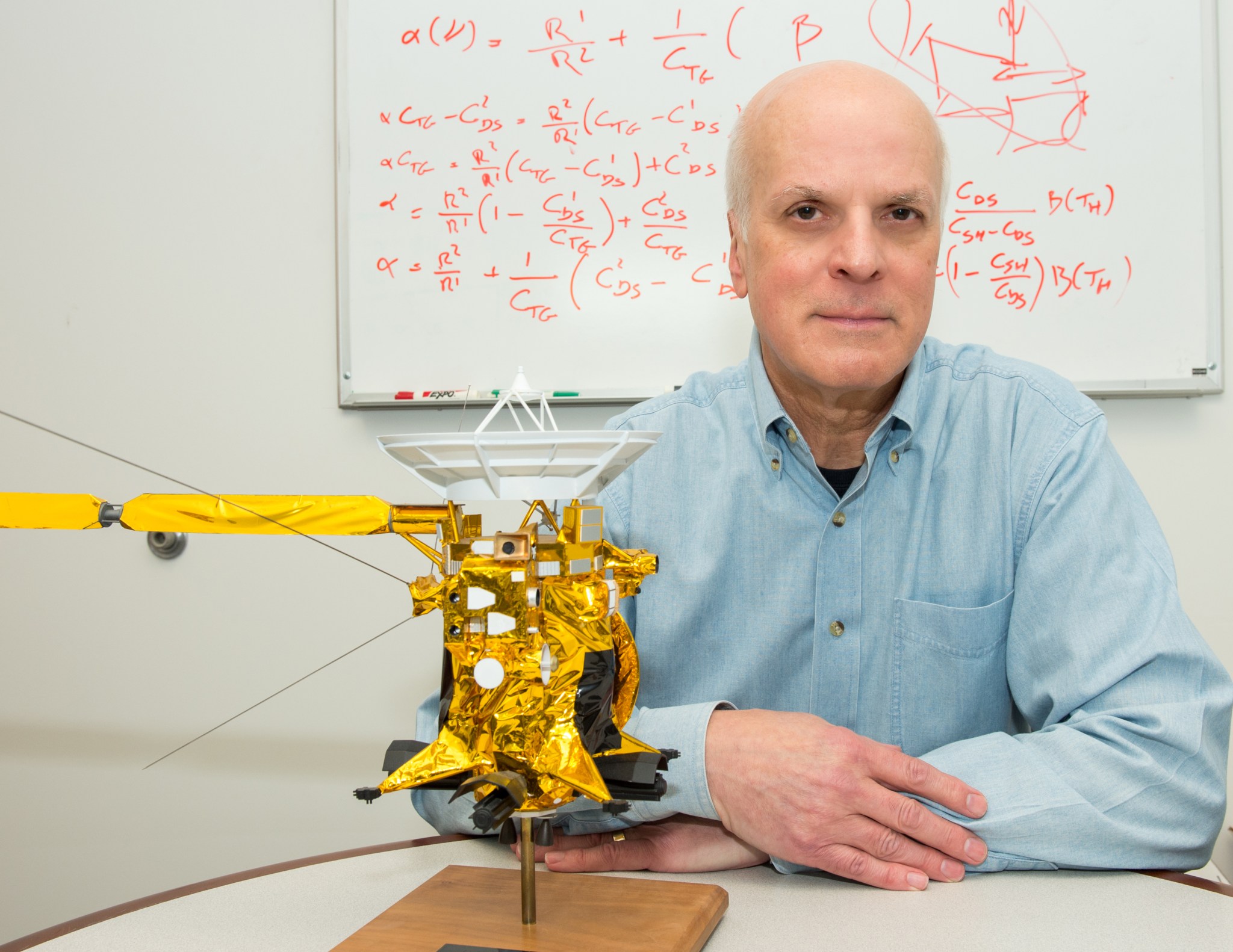Name: Michael Flasar
Title: Principal Investigator of the Composite Infrared Spectrometer (CIRS) on the Cassini orbiter
Formal Job Classification: Space Scientist
Organization: Code 693, Planetary Systems Laboratory, Sciences Directorate
What do you do and what is most interesting about your role here at Goddard? How do you help support Goddard’s mission?
I am the principal investigator for the Composite Infrared Spectrometer on the Cassini spacecraft, orbiting Saturn. CIRS was one of the instruments selected for Cassini in 1990. Cassini launched in October 1997, flew past Jupiter in December 2000, and went into orbit around Saturn at the end of June 2004. Since then, we have been studying Saturn, its rings, its giant moon Titan and all its other icy satellites up close.
The prime mission was only for four years, but the mission has been extended several times because the spacecraft and most of the instruments have remained healthy and the scientific return has been very good. Now the propellant for the spacecraft’s main engines is nearly exhausted, so we will end the mission in a manner that avoids possible contamination that could vitiate future searches for biological activity in the Saturn system. On Sept. 15, we will plunge the spacecraft into Saturn’s atmosphere, causing it to melt and be crushed at the high pressures and temperatures of Saturn’s interior and ultimately be vaporized.
It will be a bittersweet moment. It has been a wonderful, very scientifically productive mission. From instrument selection to end of mission, Cassini will have been a 27-year run.
How did you come to Goddard?
I received my B.S. and Ph.D. in physics from MIT, and afterward, became a research fellow in planetary physics at Harvard. I came to Goddard in 1975 as a research associate and two years later came on board as a civil servant to work with Voyager’s infrared instrument, the Infrared Interferometer Spectrometer (IRIS), a precursor to CIRS.
Why did you become a physicist?
I fell in love with physics and mathematics in high school. Physics provided a good way to use math to study nature with just logic and applying fundamental physical laws. Of course, as I got deeper into it, I grew to appreciate how complicated this simple prescription can be.
My journey to planetary science followed from the urge to understand complex physical systems and the employment opportunities that arose. I was never the proverbial young astronomer who built his own telescope.
Who was one of your early mentors?
I worked with one of Goddard’s early pioneers, Rudy Hanel, who designed and used infrared interferometers (a.k.a. Fourier transform spectrometers) on spacecraft.
Rudy informally added me to the IRIS team before IRIS launched as one of the instruments on Voyager in 1977. As a young scientist, it was exhilarating to be included with the more senior scientists on IRIS and to be treated like a regular member of the team. In 1980, I became a co-investigator.
How did Rudy influence your management style?
One of the most important lessons I learned from him was how to manage a flight team. Rudy did not say much about it, but I saw how he ran the Voyager IRIS team. He maintained a very collegial atmosphere, encouraged collaboration and discouraged marking territorial claims with fences within the team.
I have tried to emulate this model with CIRS. I apply a low-pass filter to short-term, minor crises. When there is a bump in the road, I wait a bit to see if it will resolve without my intervention. If not, then I may step in. I try to encourage collaboration, as Rudy did.
Over the 27 years since the Cassini payload selection, the team has evolved in the natural course of events. I was able to bring in a number of younger people, several of whom later became co-investigators.
The spirit on the CIRS team is good. We feel we are contributing to a common effort from which everyone benefits.
How did CIRS evolve from Voyager IRIS?
The core of the CIRS team was the Voyager IRIS team because it had the most extensive experience with infrared spectrometers like CIRS. From 1979 to 1989, Voyager flew past Jupiter, Saturn, Uranus and Neptune and beyond. We proposed CIRS to be one of the instruments on the Cassini spacecraft and our proposal was selected. Virgil Kunde was the original principal investigator.
How does the Cassini team collaborate?
We have about 32 co-investigators and about the same number of science associates around the world. NASA’s Jet Propulsion Laboratory in Pasadena, California, is the lead center for Cassini. For planning the observations, we have separate groups who study different areas including Saturn itself, the rings, the giant moon Titan and the other smaller icy satellites.
The Cassini spacecraft was descoped early in the development phase of the mission, so all the instruments are bolted to the spacecraft with little or no articulation. We have to turn the entire spacecraft to change what a given instrument observes. This means that we can only look at one target at a time. So all the observations have to be integrated collaboratively among the various science teams. We negotiate with one another and plan together to decide what Cassini will observe at any particular instant. Of necessity, this meant that many of the commands for both instruments and spacecraft were generated at the instrument institutions, not just at the project center as in earlier missions. Cassini was the first flagship mission to have this distributed operations model.
What is the final scientific product from CIRS?
CIRS functions as a remote-sensing thermometer. We look at the heat radiation from the atmosphere which happens to be on another planet or moon. It is also an assayer because the molecules we study leave their fingerprints at well-known locations in the spectrum. We obtain 3-D maps of temperature and the composition of various gaseous molecules and condensed ices. We use the maps to develop radiative, chemical and dynamical models. Then we try to figure out what it all means.
As a scientist, what were some of Cassini’s biggest thrills?
Voyager was a fly-by mission. Cassini had better instruments and flew in closer to Saturn and its moons.
Time was our fourth dimension. We were able to study the atmospheres and surfaces in much more detail. We saw how Saturn’s and Titan’s atmospheres evolved over 13 years. We were able to watch the march of the seasons on these bodies for the first time and compare it to Earth’s.
We also made unanticipated discoveries.
For example, six years ago, a giant storm erupted on Saturn at mid-latitudes that we were able to study. The storm spread and formed a ring of clouds that encompassed the entire latitude band. CIRS allowed us to study the stratosphere above the clouds. We saw that the storm had perturbed it significantly, forming hot anticyclonic vortices that lasted nearly two years. It was really spectacular.
Atmospheres are complicated and non-linear; their behavior resists easy prediction. Observation is critical.
We cannot do isolated, global experiments on the Earth’s atmosphere at will. The other planets offer alternative, natural laboratories that we can study. That is our consolation, that we can use other planets to study Earth’s climate in a more general context. We were up close and personal to Saturn for 13 years. We now know more about Saturn’s atmosphere than we do about the atmosphere of any of the other giant planets including Jupiter. Cassini was unique in providing such a long time record. For me, it was fabulous.
How do you problem solve?
New problems cannot be solved using a recipe. One has to probe various avenues for reaching a solution. If the obvious and routine approaches do not work, then I unconsciously try a different slant. I look at a problem and do not necessarily focus on what everyone else is thinking, but try to see if I can make sense of it on my own. Then I try to put it in context with previous work.
This happened when Voyager passed Saturn and we saw Titan. Earth-based telescopes and the Pioneer 11 spacecraft had observed Titan before, but Voyager was the first time we were close enough to look at Titan in detail with our suite of instruments.
Before Voyager, no one knew much about the actual atmosphere of Titan, such as, for example, its surface pressure or its bulk composition. We found that Titan’s surface pressure is similar to Earth’s and so is the dominant gas—molecular nitrogen. Titan also has seasons like Earth. However, there are differences. The second-most abundant molecule in Earth’s atmosphere is oxygen; Titan has a mildly reducing atmosphere, with methane in second place. I am particularly interested in the meteorology of planetary atmospheres, but before Voyager, hardly anything was known about it on Titan. Voyager passed close enough to Titan to spatially resolve the moon quite well and we were finally able to actually map its atmospheric temperatures and composition and study its atmospheric winds. I was pretty much writing on a blank slate.
What do you do when you get an idea?
I like to scribble ideas and equations on whatever scrap of paper I have in front of me. Computers come much later.
One of my colleagues likes to say that one scientist’s garbage is another scientist’s treasure trove. Each has his or her own particular area of interest. Good scientists try to explain the data that is not readily amenable to interpretation. They want to figure out what is going on and why.
One of the ironies is that sometimes when you expect something to turn out one way and you get an observation that contradicts your expectations, you may initially feel depressed. You think that there may be something wrong with your observation. After further reflection, you reconsider: maybe this is a new discovery. If everything always worked out as expected, there would be no need for flagship missions like Cassini and Voyager.
What makes Goddard special to scientists?
Steve Holt, who was head of the Space Science Directorate several years ago, said that Goddard does “curiosity-driven science.” We do pure science, science that interests us. We wonder why something works the way it does and try to find out.
Goddard provides the infrastructure to pursue this activity with spacecraft. The scientific and technical expertise here enables us to design missions and instruments that will fly on spacecraft and to use them to observe Earth and other worlds. Finally, we analyze the returned data and try to make sense of everything.
Do you have any hobbies?
I swim a mile for aerobic exercise, three days a week when I can manage it.
Are you a reader?
Yes, mainly novels and history. I can read French and Italian passably.
What is your favorite planet?
I like Earth. It’s where I live and in my comfort zone.
Describe yourself in 10 words or less?
Uses spacecraft data and a pencil to understand planetary atmospheres.
By Elizabeth M. Jarrell
NASA’s Goddard Space Flight Center, Greenbelt, Md.

Conversations With Goddard is a collection of Q&A profiles highlighting the breadth and depth of NASA’s Goddard Space Flight Center’s talented and diverse workforce. The Conversations have been published twice a month on average since May 2011. Read past editions on Goddard’s “Our People” webpage.


